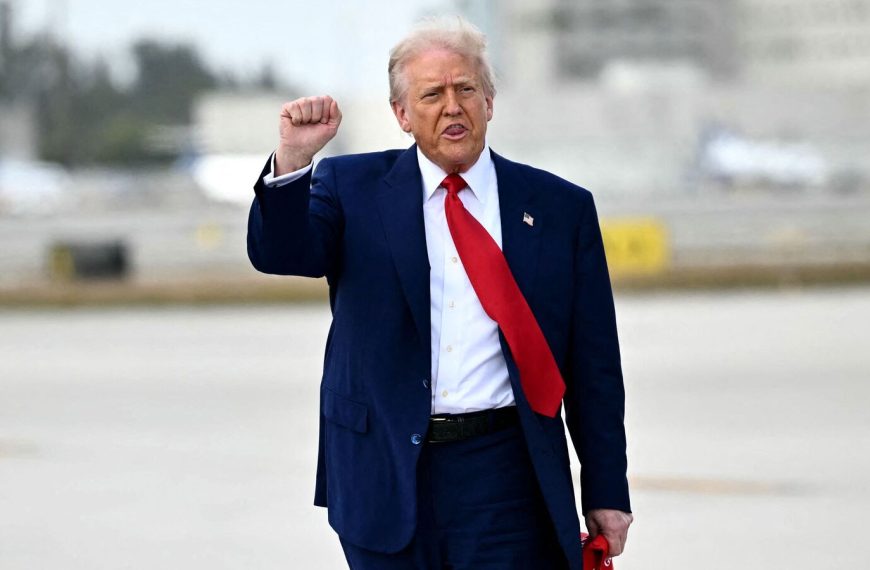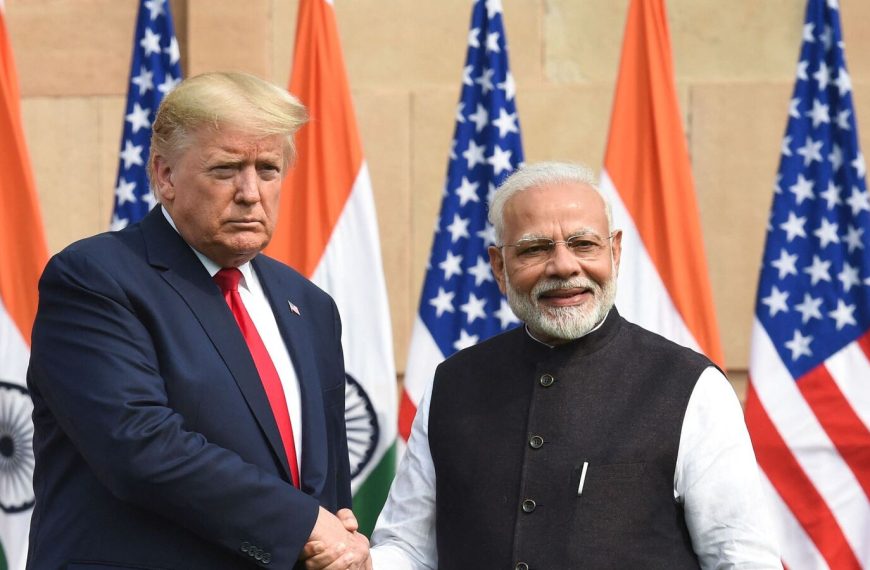On April 2, the world will be watching as President Donald Trump unveils a fresh set of tariffs targeting various nations. This date has been dubbed “Liberation Day,” as the administration aims to strengthen domestic manufacturing and reshape the landscape of global trade. Just days before the tariffs go into effect, the U.S. government has expressed concerns about India’s increasing customs barriers and high import tariffs, which have raised eyebrows among trade experts.
Concerns Over India’s Tariff Policies
In a recent report from a prominent news agency, the U.S. highlighted its worries regarding India’s stringent import curbs, licensing requirements, and elevated tariff rates. President Trump has previously labeled India a "tariff king" and a "tariff abuser," reflecting his administration’s tough stance as India seeks to negotiate lower rates with the newly elected U.S. leadership.
- Key focus: Strengthening the U.S. economy.
- Goals: Implement reciprocal tariffs, support domestic manufacturing, and generate significant revenue.
Anticipated Tariff Announcement Details
While specifics about the new tariffs remain under wraps, President Trump hinted at their broad application, stating, “You’d start with all countries, so let’s see what happens.” As investors hold their breath ahead of the announcement on “Liberation Day,” the uncertainty surrounding the tariffs has created ripples across global markets.
Market Reactions Ahead of Tariff Implementation
The announcement of the tariffs has already begun to impact stock markets. On Tuesday, the Indian stock market experienced a notable decline as investors braced for the implications of the U.S. tariffs. Meanwhile, U.S. markets showed mixed results; the Dow Jones Industrial Average ended the day with a 1% gain, closing at 42,001.76 points, while the S&P 500 also saw a slight increase of 0.55%. In contrast, the Nasdaq Composite fell by 0.14%.
Existing Tariffs and Their Impact
Previously, the U.S. imposed a 10% tariff on imports from China, while Mexico and Canada faced a 25% tariff. In response to retaliatory measures from these nations, President Trump temporarily paused tariffs on Mexico and Canada for 30 days, contingent upon their commitment to tackle issues related to drug trafficking and border security.
In February 2025, Trump announced further plans for 25% tariffs on all steel and aluminum imports, stating, “Very simple, they charge us, we charge them.” These moves have left Indian steel manufacturers grappling with the effects of rising imports and declining domestic prices.
As the situation evolves, the world will keenly observe how these tariffs will reshape international trade relations and influence domestic economies.










